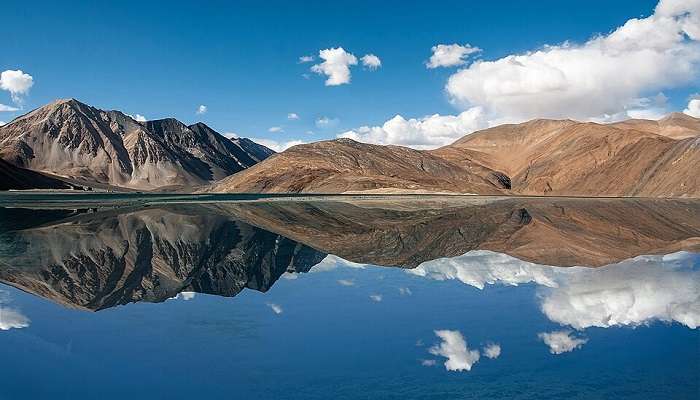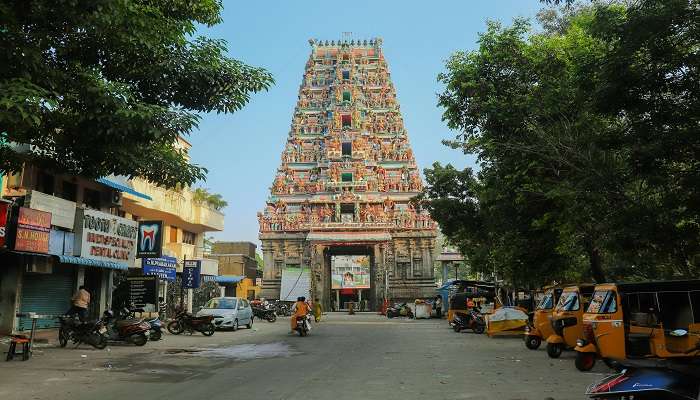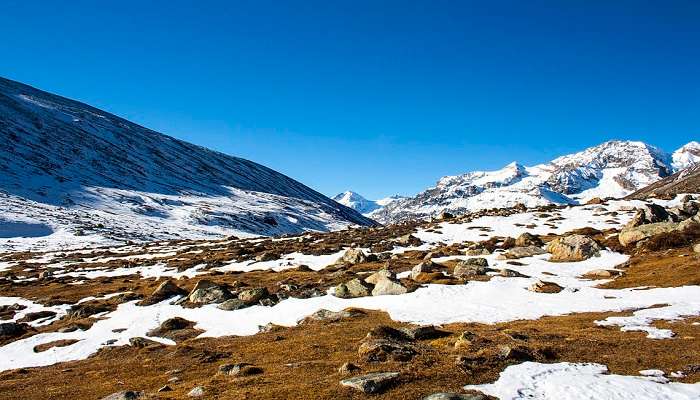Embark On A Journey To Yuksom In Sikkim For A Blissful Retreat In 2025
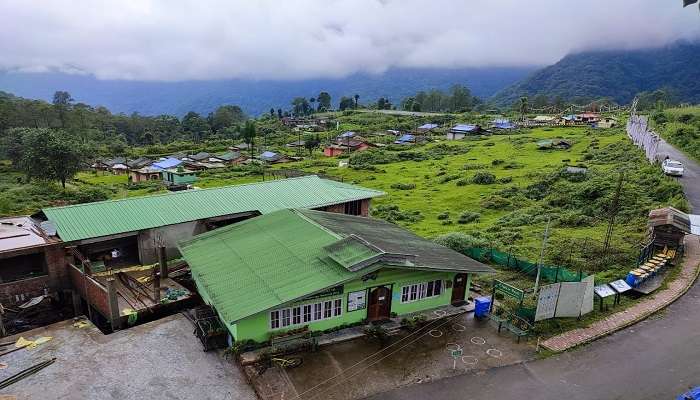
Brimming with history and unparalleled natural beauty, nestled amidst the mountains of Sikkim, India, lies Yuksom. It is the first capital of Sikkim, which was declared in 1642. Yuksom boasts the coronation throne of the kingdom’s first king. Fondly known as the “Gateway to Mt. Kanchenjunga,” this quaint and charming town is the base for exploring the Khangchendzonga National Park, a haven for trekkers, bird watchers and nature enthusiasts. Yuksom things to do include visiting tranquil monasteries, sacred lakes, and scenic landscapes, which offer a glimpse into Sikkim’s rich heritage and make it a captivating destination for history buffs and adventure seekers alike.
Top Places To Visit In Yuksom
This mesmerising historic town of Sikkim boasts verdant greenery, tranquil lakes, and snow-encased peaks. Visit these noteworthy attractions in Yuksom to indulge in the rich culture and connect with nature.
1. Khangchendzonga National Park
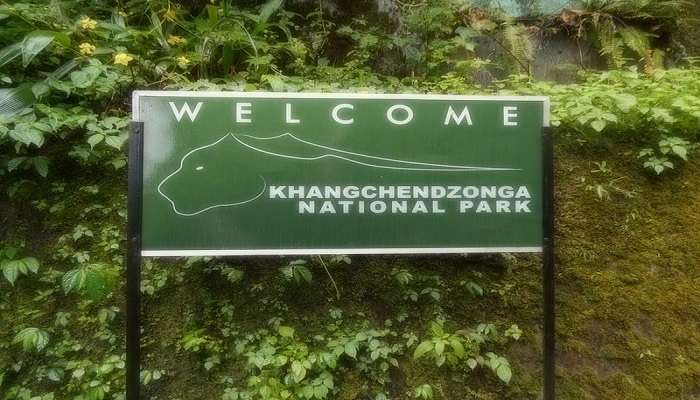
Sprawling over an area of 849.5 sq. km and majorly dominated by the third highest peak in the world, Mount Khangchendzonga, Khangchendzonga National Park is a crown jewel of Sikkim. This UNESCO World Heritage Site boasts a staggering diversity of beautiful and breathtaking landscapes, from snow-capped peaks, lush valleys and pristine lakes to vibrant rhododendron forests. The park is a haven for wildlife and is a house for nearly half of India’s bird species, as well as a range of endangered animals like the red panda and the elusive snow leopard. Various terrains offer challenging trails to the trekkers while immersing in the unparalleled beauty. Khangchendzonga National Park offers an unforgettable experience for nature lovers and adventure enthusiasts.
Distance from Yuksom: 35 km approx.
Entrance Fee: INR. 350 per person
Operating hours: 6.00 am – 5.00 pm
Also Read: Sikkim Travel Tips
2. Tashiding Monastery
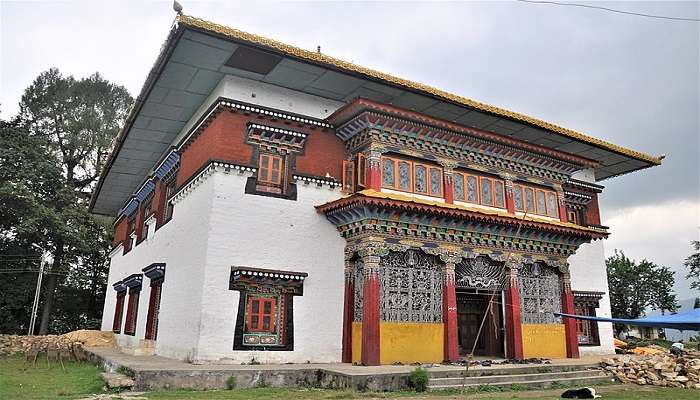
Steeped in legend and spiritual significance, Tashiding Monastery is a beacon of Buddhism in West Sikkim. Founded in 1641, the monastery’s name translates to “The Devoted Central Glory,” reflecting its revered position within Sikkim’s pilgrimage circuit. Nestled amidst serene hills, Tashiding Monastery is believed to be built upon the very spot blessed by Guru Padmasambhava, a revered Buddhist figure. This monastery of the Nyingma sect houses around 70 monks and is famous for its annual “Bhumchu Ceremony,” a sacred water festival that draws devotees from near and far. Visitors are captivated by the monastery’s intricate architecture, adorned with prayer flags and holy stupas. Whether seeking spiritual solace or cultural immersion, Tashiding Monastery offers a captivating glimpse into Sikkim’s rich Buddhist heritage.
Distance from Yuksom: 23 km approx.
Entrance Fee: Free
Operating hours: 7.00 am – 8.00 pm
3. Dubdi Monastery
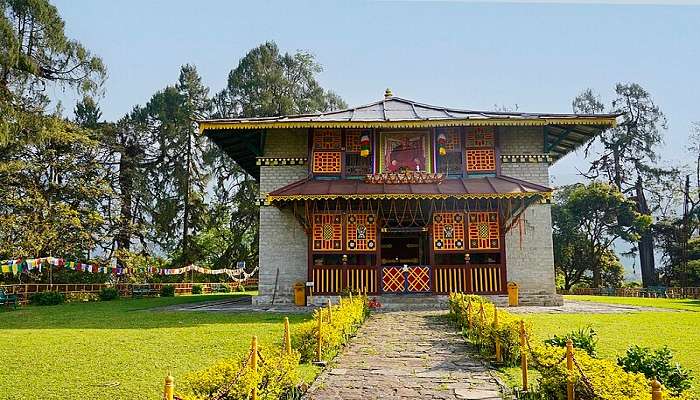
Cradled in the verdant hills of Yuksom, Sikkim, lies Dubdi Monastery, a treasure trove of history and serenity. Established in 1701, it is considered Sikkim’s oldest monastery. The name “Dubdi” translates to “retreat,” aptly reflecting the monastery’s peaceful ambience amidst the lush forests. This two-storied stone structure showcases exquisite craftsmanship, with vibrantly painted interiors and a gilded dome crowning its roof. Dubdi Monastery is not just a visual treat; it’s central to Sikkim’s history. Enshrined within its walls is the revered image of Lhetsum Chenpo, the founder of Sikkim, commemorating the kingdom’s birth. Visitors seeking spiritual refuge or a glimpse into Sikkim’s past will find Dubdi Monastery a captivating destination.
Distance from Yuksom: 2.5 km approx.
Entrance Fee: Free
Operating hours: 7.00 am – 8.00 pm
Related Post: Best Resorts In Sikkim
4. Kathok Lake
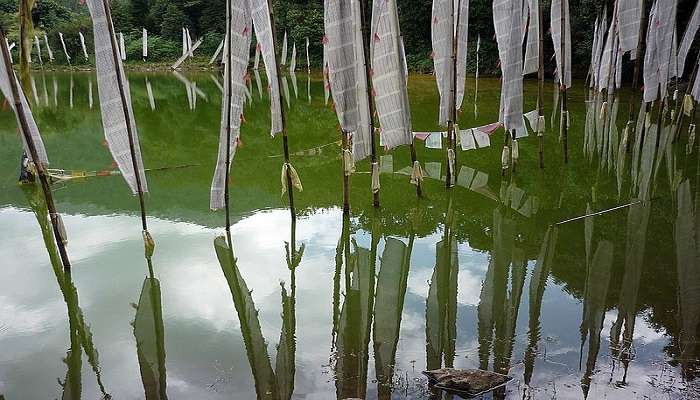
Also known as ‘Kathok Tsho’ in the local language, Kathok Lake in Yuksom is a charming lake in West Sikkim. It is considered the soul lake of Lama Kathok Kuntu Zangpo. To maintain and preserve its sanctity, a purification ceremony is performed by lamas annually known as ‘Tru-sol’. The crystal-clear water of this serene lake mirrors the mesmerising beauty of the mountains and the clouds over them. The colourful and vibrant prayer flags standing on its shore give a beautiful contrast to the lush green trees around the lake. Considered a popular tourist spot, travellers come to Kathok Lake to spend some peaceful time in solitude.
Distance from Yuksom: 1 km approx.
Entrance Fee: Free
Operating hours: 24 x 7
5. Khecheopalri Lake
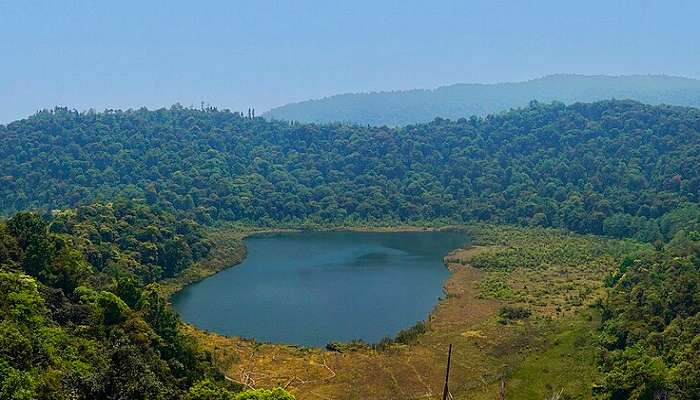
Khecheopalri was initially known as ‘Kha-Chot-Palri’, which refers to the heaven of Lord Padmasambhava. Also, popular as a ‘wish fulfilling lake’ among locals, many people visit in a hope of getting their wishes fulfilled. Also, it is said that the birds do not allow any leaves to float on the water at the Khecheopalri Lake. They instantly pick up if they notice any! Due to this reason, many people wait by the lake to witness the magical moment. The stunning lake is an integral part of Buddhist monasteries, and many Buddhist festivals are organised around the lake and the temples nearby, drawing many devotees to the place.
Distance from Yuksom: 22.5 km approx.
Entrance Fee: Free
Operating hours: 24 x 7
Related Post: Places To Visit In Gangtok
6. Kanchenjunga Falls
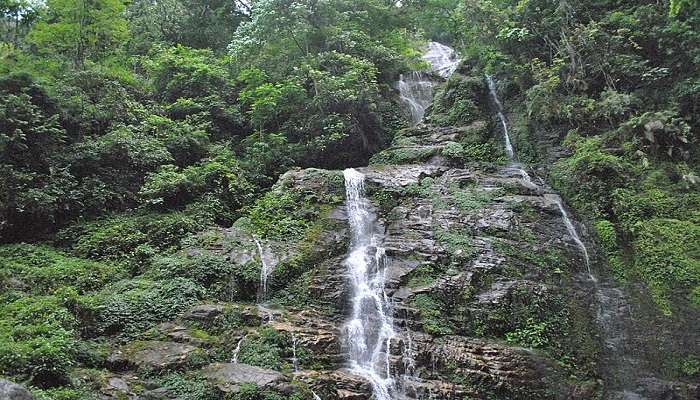
Formed by the Rathong Chu River and a tributary of the Teesta River, Kanchenjunga Falls is a breathtaking natural attraction nestled amidst the lush greenery of the Himalayan foothills. Named after the majestic Kanchenjunga Mountain range, these falls are not only renowned for their scenic beauty and pristine surroundings but also hold cultural significance for the local communities. Revered by the indigenous Lepcha people, they conduct religious ceremonies and rituals and often visit the site. Accessible by a short trek from Yuksom, the trail to Kanchenjunga Falls winds through many beautiful landscapes, offering glimpses of the surrounding mountains and valleys along the way.
Distance from Yuksom: 10.3 km approx.
Entrance Fee: INR. 20 per person
Operating hours: 8.00 am – 5.00 pm
How To Reach Yuksom
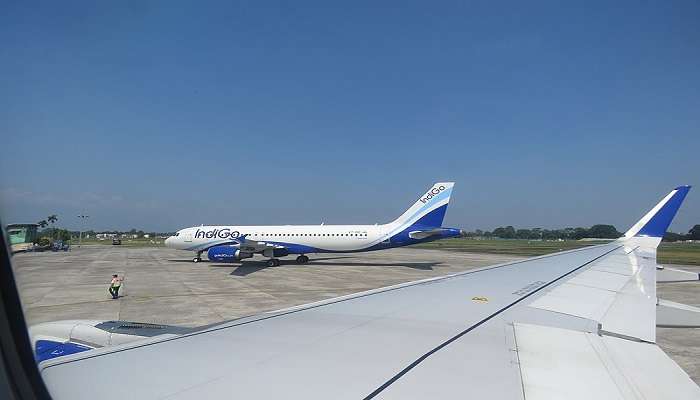
By Air: You can choose to come to Bagdogra Airport, West Bengal, and take a cab or a private vehicle to Yuksom, which is approximately 152 km away. Alternatively, you can land at Pakyong Airport in Sikkim and drive down to Yuksom, which is 122 km away.
By train: The nearest railway station to Yuksom is the New Jalpaiguri in Siliguri, West Bengal, which is around 153 km away. State buses are available from the railway station.
By road: It is connected by road from major cities in India and places in Sikkim. From Geyzing, it is about 45 km and from Gangtok, about 123 km. The most convenient route for visiting Yuksom is first to come to Gangtok and then drive down to Yuksom.
You May Also Like To Read: Sikkim In December
Yuksom reveals how different the Sikkimese culture is, which has been excitingly attracting tourists to come again and again. Even after your departure, memories of Yuksom will linger. Whether you get lost in the rhododendron woods, journey around ancient monasteries, or admire mountain scenery, Yuksom will touch the hearts of all those who visit it. We hope that our detailed guide on Yuksom motivates you to embark on a trip to Sikkim.
For our editorial codes of conduct and copyright disclaimer, please click here.
Cover Image Source: Facebook
Frequently Asked Questions About Yuksom
Can we see Mt. Kanchenjunga from Yuksom?
Yes, one can get the charming views of the majestic peak of Kanchenjunga from the base camp located in Khangchendzonga National Park.
What is the best time to visit Sikkim?
March to May and October to mid-December are considered best for touring around Sikkim because of favourable weather conditions making it ideal for outdoor activities.
Is photography allowed at Tashiding Monastery?
Photography and filming is prohibited in Tashiding Monastery. Always seek permission before clicking the pictures. However, the outer premises and the courtyards can be filmed or photographed.
Is there any dress code and tips while visiting monasteries?
Modest dress code is recommended - clothing which covers arms and legs is a must. Always maintain silence inside the prayer halls. Remove shoes, hats or caps before entering the main premises.
What are the famous dishes of Sikkim?
Sikkim is known for its diverse, rich culture and its delectable cuisine. Some of the delicacies include momos, thukpa, dal bhat and bamboo shoot curry.
People Also Read:
Places To Visit in North Sikkim Zuluk Sightseeing In Sikkim Paragliding In Sikkim

With a passion for exploring and travelling to the roads long forgotten, experience the world through enthralling stories and adventures. Join me as I share my experiences at some of the world’s most popular tourist destinations and quench that pestering curiosity with something exciting!



